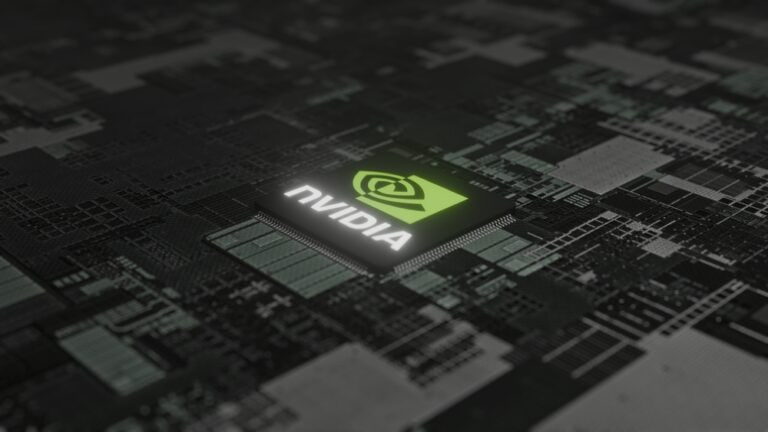ASUS is ready to ramp-up production of its ASUS AI PODs with a March launch in sight. These all-in-one AI solutions run on Nvidia’s GB200 NVL72 platform, based on the brand new Blackwell architecture.
The ASUS AI POD is a somewhat simpler name to remember than those of the chips inside it, but GB200 NVL72 does explain pretty well what can be found in this ASUS offering. 36 Nvidia Grace CPUs work together with 72 Blackwell CPUs (the G and B in the name, respectively), connected via NVLink, Nvidia’s proprietary high-speed interconnect. A single Grace with two Blackwells is known as a separate GB200 “Superchip” and integrates Arm-based cores with the GPU compute demanded by AI workloads.
Proof of concept
For a limited time, ASUS is also launching a proof of concept for the ASUS AI POD. Basically, this is an expert aid for the optimal use of compute capabilities that this solution can realize. Combined with Nvidia’s software ecosystem, as it happens, AI developers can have multiple GB200 NVL72 systems running a workload together. This scales to pretty unseen numbers, as GPU clusters of tens of thousands or even hundreds of thousands have been spotted in the wild by now.
The numbers are clear when it comes to Nvidia Blackwell: inference performance, for example, shoots up by a factor of 30x on the new platform compared to Hopper, the previous architecture on which Nvidia’s data center GPUs ran. Hoppers can now be found all over the world within data centers, particularly among hyperscalers. So for them, the upgrade will be significant.
ASUS innovation
ASUS’ AI POD has a number of innovations to meet the ever-increasing hardware demands. 72 Blackwell chips tightly packed together with 36 Grace CPUs generate an enormous amount of heat. To still meet the target Power Usage Effectiveness (PUE), liquid cooling is required. This means a purpose-built solution is needed for the AI POD.
Thus, there are discrete CPU/GPU coldplates, distribution units and cooling towers that cost a minimal amount of energy consumption. This allows all available watts to go toward the power-hungry GB200 Superchips. On top of that, ASUS promises that it has extensively validated its own design with testing to ensure the smoothest possible day-to-day use for end customers.
